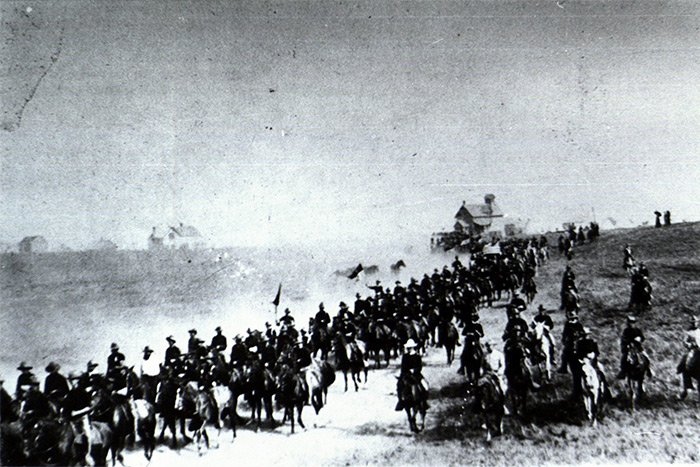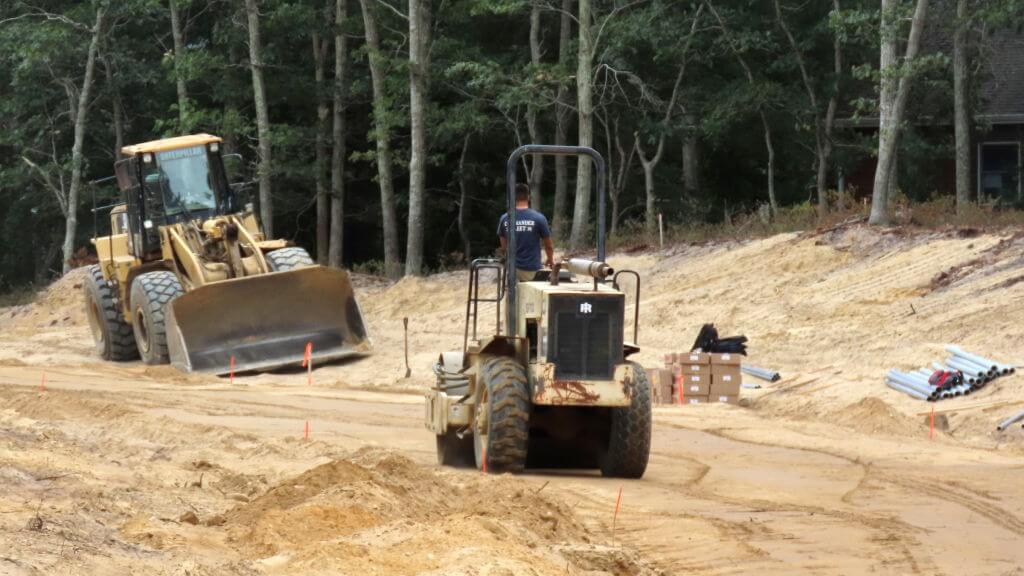Camp Wikoff Military Park Proposed in Montauk

When people think of Montauk, Gurney’s Hotel and Gosman’s Dock automatically come to mind, however the town was much more than just a weekend playground back in the day.
Camp Wikoff, a National Military Park encompassing 4,000 acres of the barren, grassy regions of The End, helped soldiers fighting in the Spanish American War rest and recover before being sent back to Havana, Cuba to fight. Among those who rested in the there were Major General Shafter’s Fifth Army Corps, and Theodore Roosevelt’s Rough Riders.
The soldiers who temporarily settled in Camp Wikoff struggled to fight off and recuperate from diseases like dysentery, typhoid, malaria and yellow fever. But as the war ended and soldiers returned home, this historic camp was abandoned.
Now, the East Hampton Historical Society is in favor of creating a national military park in Montauk to honor and remember those who fought during the Spanish American War—technically, these soldiers were the United States’ first veterans to fight a war overseas.
If approved, Camp Wikoff will be the 10th national military park in the United States. It will honor the American Red Cross, which supplied nurses and aid to the camp; the US Fifth Army Corps, who returned to the States after fighting in Cuba, and volunteers who helped troops recover from their illnesses and helped support the military campaign.
The proposal suggests building an observation deck overlooking Fort Pond Bay, where nearly 23,000 soldiers came through. Additionally, a memorial garden and walkway dedicated to General Shafter’s Fifth Army Corps would be established from Iron Pier at Fort Pond Bay to Montauk Station. Separate memorials honoring historically significant sites on Camp Wikoff’s grounds would also be created.
According to the proposal, Camp Wikoff would not only hold memorials, it could be the site to reenact moments such as President William McKinley’s speech, Col. Theodore Roosevelt’s famous “bully pulpit” speech and farewell address to the Rough Riders, and a reenactment of soldiers arriving at the site.
A proposal for a Memorial Walkway was addressed once before in 2006. It was considered, but further preparations for the incoming site did not occur.



